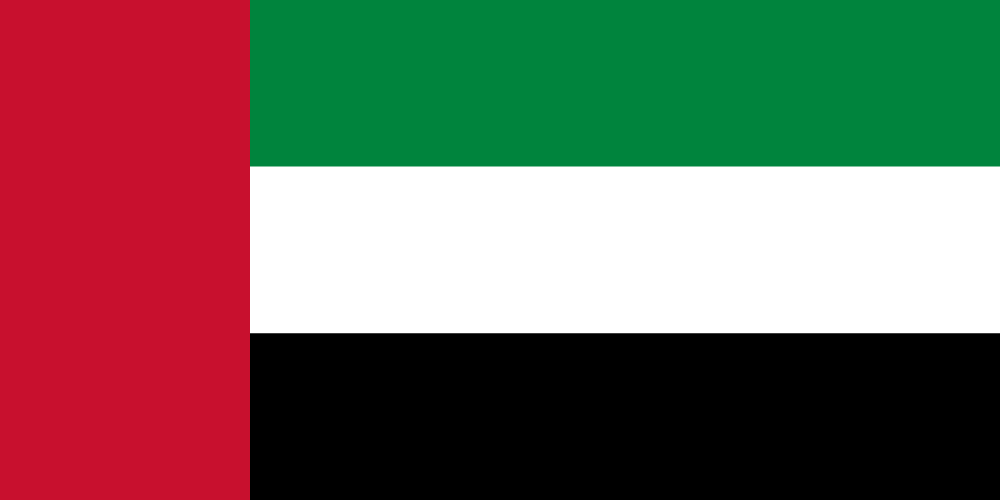Dubai International Airport

- OMDB
- DXB
| Latitude: | 25.25279999 |
| Longitude: | 25.25279999 |
| Altitude(ft): | 62 |
| City: | Dubai |
| Country: | Dubai International Airport |
| Airport Type : | large_airport |
| HOO: | 24/7 |


| Latitude: | 25.25279999 |
| Longitude: | 25.25279999 |
| Altitude(ft): | 62 |
| City: | Dubai |
| Country: | Dubai International Airport |
| Airport Type : | large_airport |
| HOO: | 24/7 |

| Phone: | +971 4 5015 855 |
| Fax: | +971 4 5015 856 |
| Email: | [email protected] |
| IATA: | DXBJM8X |
| AFTN: | KJFKXAAJ |
Loading METAR data for OMDB...
Loading TAF data for OMDB...
With our expert knowledge of aviation regulations and established relationships with aviation authorities worldwide, Jetmate streamlines the complex permit application process, saving you valuable time and resources. Our specialists are well-versed in the latest global aviation policies, ensuring compliance and accuracy in every application. We leverage direct communication channels with civil aviation authorities to expedite approvals for overflight and landing permits
Please select the required services and we’ll get back to you as soon as possible.

JetMate Aviation operates with a focus on premium flight support and charter services, delivering customized solutions for clients worldwide.. JetMate operates in multiple regions. Address: [Dubai Silicon Oasis – Headquarters] and [Batisehir site, Tower K1, No. 24, Postal Code 34214, Istanbul] · Phone: [+44 122 8588 882]
